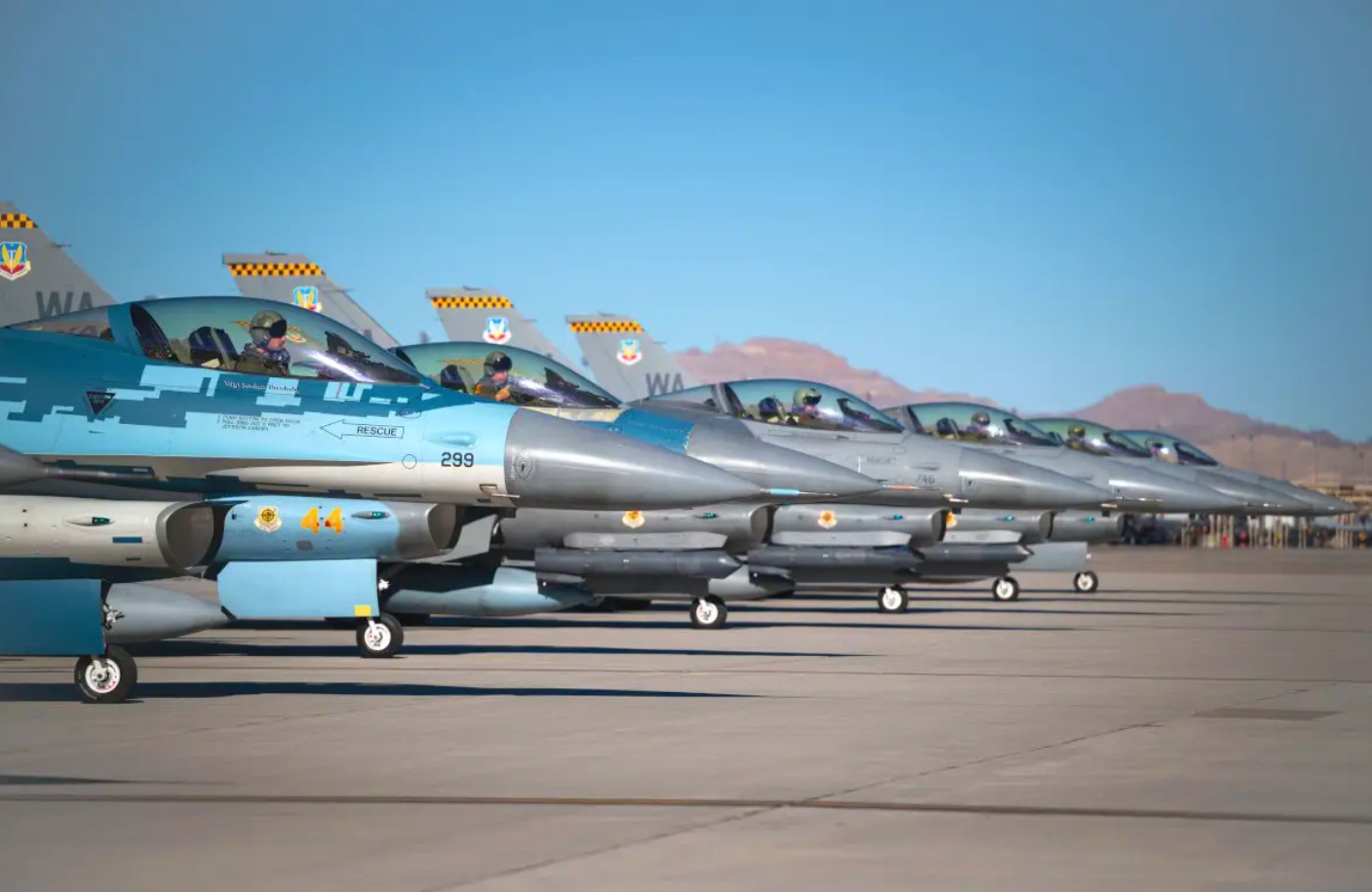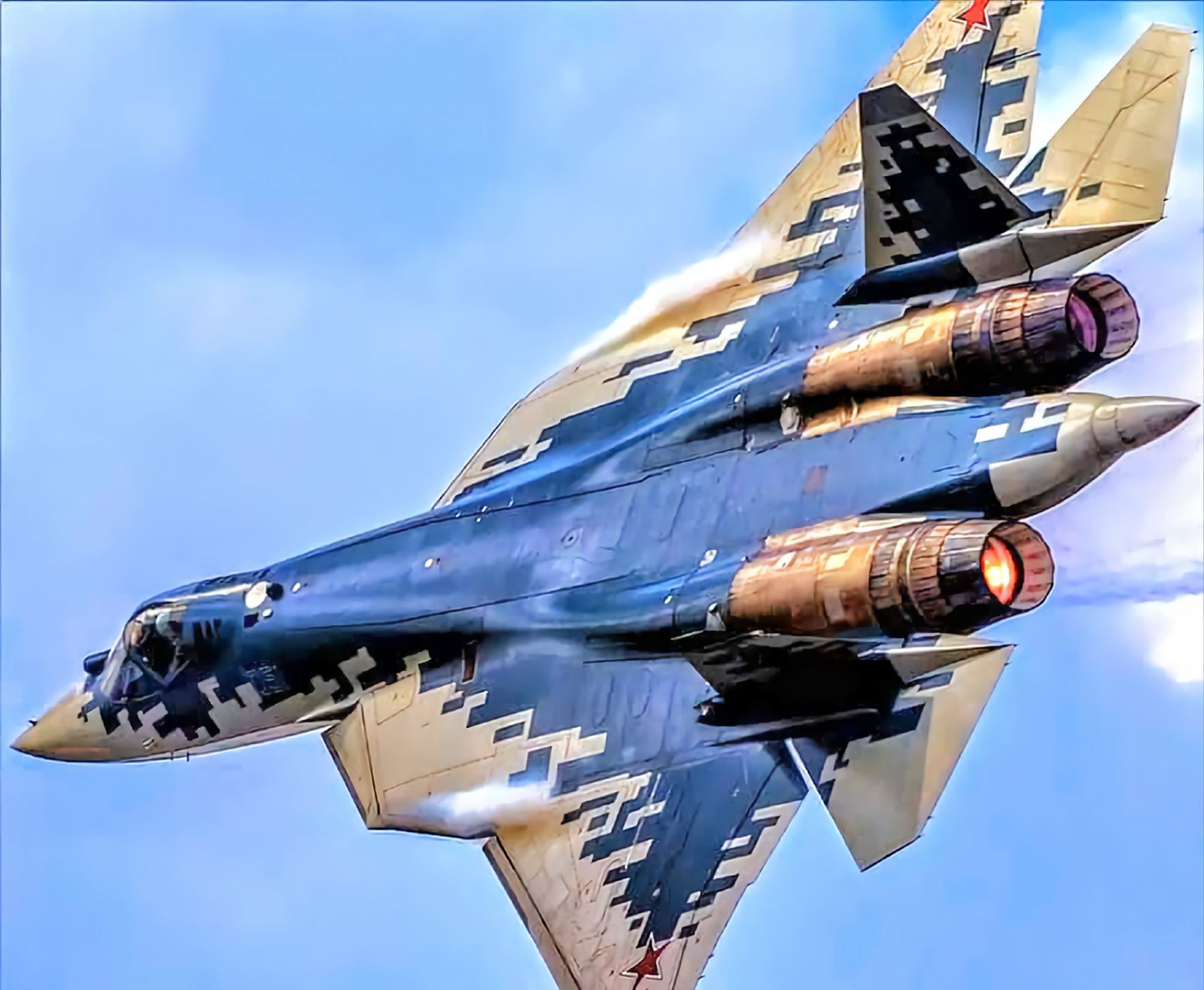The US will support an initiative by the allies to train Ukrainian pilots to fly NATO fighters, including F-16s, President Joe Biden informed G-7 leaders on May 19, 2023, in Japan.
China Emerges ‘Biggest Winner’ Of Russia-Ukraine War; Regains Vladivostok Port After 163 Years, Beats Japan In Auto Market
Ukrainian pilots will start training at a yet unspecified airbase in Europe within the next few weeks. The training, which will span several months, will prepare the pilots to operationally fly the aircraft once the US decides to allow the transfer of fighter aircraft to the Ukrainian Air Force.
According to the US National Security Advisor Jake Sullivan, once the training is underway, the US in consultation with its allies will determine when planes will be delivered, who will be delivering them, and how many.
According to Ukrainian Presidential adviser Mykhailo Podolyak, the West has already taken a decision to transfer F-16s to the Kyiv regime.
Understanding The F-16 Threat
The transfer of F-16, or a fighter aircraft with similar capability, would be the biggest escalation in the 14-month-old conflict between Russia and Ukraine.
The F-16 would be able to strike military and industrial infrastructure deep within Russia where such targets are unlikely to be well-defended. No country, especially a country of the size of Russia, can afford the cost of deploying protective air defense systems around targets deep in the interior.
Aerodynamically, the F-16 is less potent than a MiG-29 or a Su-27. However, as a platform, it represents a capability leap. Its range and ability to carry deep-strike weapons put Russia at enhanced risk.
The F-16 features more advanced radar and electro-optical sensors, longer-range air-to-air missiles, and hard-hitting precision-guided air-to-ground weapons including glide bombs and cruise missiles.
Most importantly, it will be possible for Ukraine to integrate the F-16’s data link with its air defense network comprising numerous ground-based radar and missile systems, ground observation posts, drones, and possibly other airborne assets such as AWACS.
The F-16 fighters supplied to Ukraine are likely to be the MLU (Mid Life Upgrade) variants, being retired from service by NATO allies such as Norway, Denmark, and the Netherlands.
The F-16 MLU features an upgraded AN/APG-66 radar with a new signal processor, a higher output power, and improved reliability. It can detect and track multiple targets at ranges up to 150 km. Its detection range in clutter or jamming is 83 km.
The F-16 MLU can carry AIM-120 AMRAAM (Advanced Medium Range Air-to-Air Missile). However, it’s not known if the upgraded fighter can carry the AIM-120D variant, which features an active homing seeker and a range estimated to be between 120 km to 160 km.
The F-16s’ repertoire of precision air-to-ground weapons includes HARM missiles to attack radars, JASSM-ER glide bombs, and AGM-65B Maverick, an electro-optical or infrared-guided guided missile that can attack ground targets such as tanks, vehicles, and radar sites.
It’s unlikely that the F-16 could carry the much heavier Storm Shadow missile.
F-16 Limitations
Range
The F-16 is a relatively small aircraft with a limited combat radius of 550 km on a hi-lo-hi mission with six 1,000 pounds.
However, operating against Russia’s advanced multilayered integrated AD system (IADS), it’s unlikely that the F-16 could fly a hi-lo-hi profile. More likely, it will fly lo-lo-lo or lo-hi-lo profiles, in which case the range will be much shorter.
The range can be augmented with drop tanks and reduced weapon load. (For deep strikes into Russia, the F-16 could carry drop tanks and AGM-65B Maverick missiles.)
Need For Support Infrastructure
Unlike the rugged Soviet-era fighters, such as the MiG-29, Su-24, Su-25, and Su-27, in Ukrainian inventory, the F-16 will require special infrastructure facilities at its operating base – for maintenance and storage of its electronics and weapon systems.
Factoring in the high cost and time involved in building and equipping the support infrastructure, the number of bases capable of supporting F-16 operations in Ukraine would have to be limited. Also, the operating bases would have to be in central or western Ukraine to preclude frequent drone and missile attacks.
The infrastructure required to support F-16 would be a point of vulnerability. It won’t be difficult for Russia to target the support facilities, even if they are built underground, using Kinzhal and Iskander-M missiles.

Likely Operational Utilisation
Besides using the F-16 as a versatile attack platform with precision strike weapons, the Ukrainian Air Force will likely also deploy US fighters for air dominance. In this role, F-16s will fly combat patrols at medium altitudes close to the battlefront, armed with long, medium, and short-range air-to-air missiles.
Russian fighters such as the Su-35S and Su-30SM currently fly similar air dominance patrols across the border armed with similar weapons loads.
They periodically shoot down low-flying Ukrainian fighters – Su-25, Su-24, and Su-27 – attempting to attack Russian ground troops and infrastructure.
Ukrainian F-16 air dominance patrol will be aimed at
1. Deterring attacks on Ukrainian ground troops by low-flying Russian fighters and helicopters such as the Su-25, Mi-28, Ka-52, and Mi-8.
2. Pushing back the launch points of Russian fighter bombers, such as the Su-34, which are targeting Ukrainian storage depots and staging points with great success. Released from altitude, the glide bombs can strike targets 50-60 km across the line of control into Ukraine.
3. To push Russian fighters flying air dominance patrols further back from the battlefront, by putting them at risk of AIM-120D shootdowns. Doing so will enable the Ukrainian Air Force to more effectively support Ukrainian ground forces.
Challenges Facing Ukrainian F-16 Operations
It’s unlikely that Ukrainian F-16s flying air dominance patrols will be as effective as similarly tasked Russian fighters.
Unlike Russian IADS, Ukrainian AD capability is weak. Flying at medium altitudes, Ukrainian F-16s will have to stay at least 250 km away from the battlefront to avoid being shot down by a 400 km range Russian S-400 system.
In contrast, Russian air dominance fighters need to stay just 50 km inside the battlefront to avoid being shot down by the 150 km range of Ukrainian S-300 systems.
For its special operation in Ukraine, Russia has so far depended more on its older S-300 systems. It has deployed some S-400 regiments in Belarus and near Ukraine’s northern border with Russia, primarily to monitor the airspace over Western Ukraine and deter incursions into Ukrainian airspace by NATO AWACS & ISR assets.
It’s not clear how many S-400 regiments Russia has currently committed to the conflict in Ukraine. Whatever the number, it is likely that Russia will have to increase it to counter F-16s.
The Felon Card
Russia has so far used its top-of-the-line Su-57 stealth fighter for surveillance and communication support only.
If Ukraine deploys F-16 fighters, it’s likely that the Su-57 will be assigned a more active combat role. In head-on interception mode, the Su-57 will have a significant first-launch advantage over the F-16.

Russian ground-based radar will be able to vector Su-57 fighters well within the max (200 km) range of not just the RVV-BD long-range missile, but also the max (110 km) range of the medium-range RVV-SD missile, without the F-16 being aware of the RuAF Su-57.
Conclusion
The transfer of F-16 jets to Ukraine by Western nations is potentially very escalatory. A lot will depend on the variant transferred and the weapon systems that have been integrated with the variant transferred.
Most probably, the variant will be F-16 MLU.
Transfer of F-16 MLU variants will give Ukraine the capability to strike targets in Crimea, including the Russian Black Sea fleet ships, and facilitate Ukrainian ground forces in their expected attempt to cut the Russian land bridge to Crimea.
However, Russia has effective counters to frustrate Ukrainian attempts to pose an existential threat to Russia.
- Vijainder K Thakur is a retired IAF Jaguar pilot. He is also an author, software architect, entrepreneur, and military analyst. VIEWS PERSONAL
- Follow the author @vkthakur




